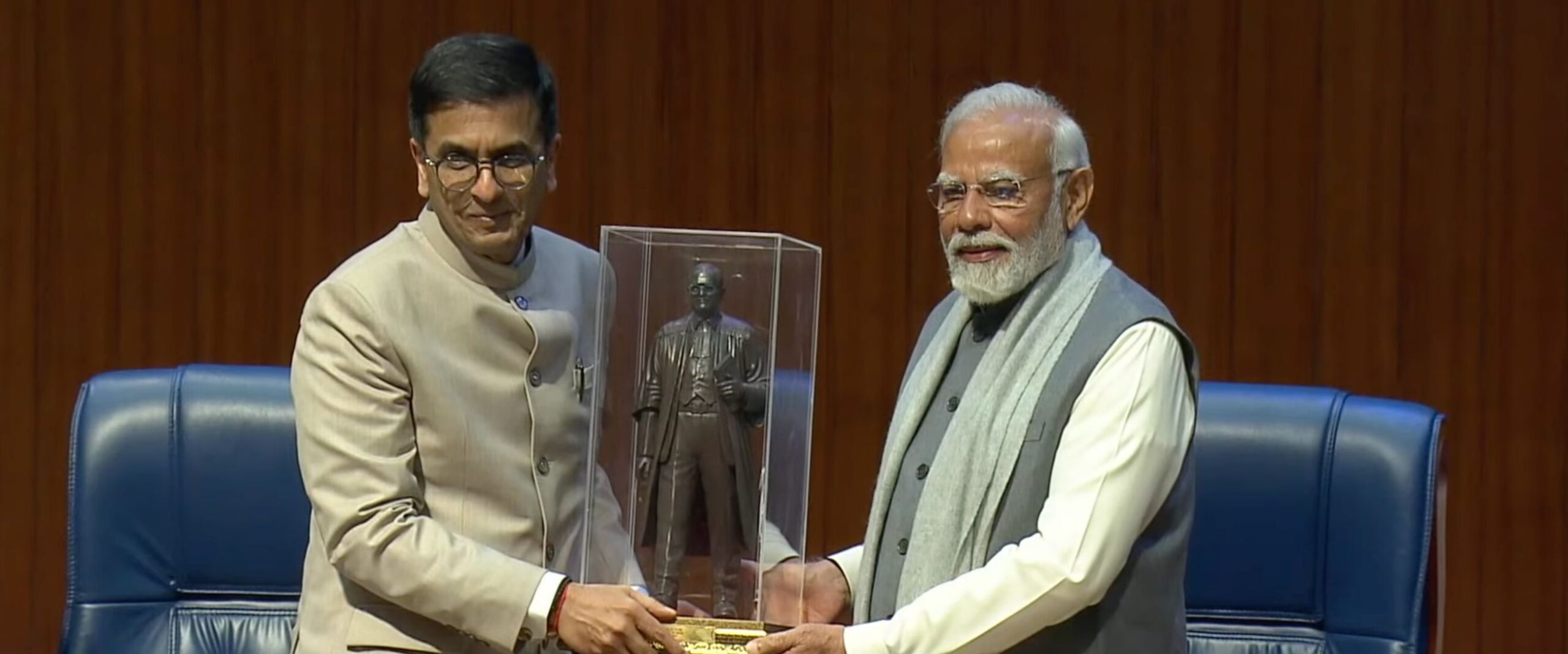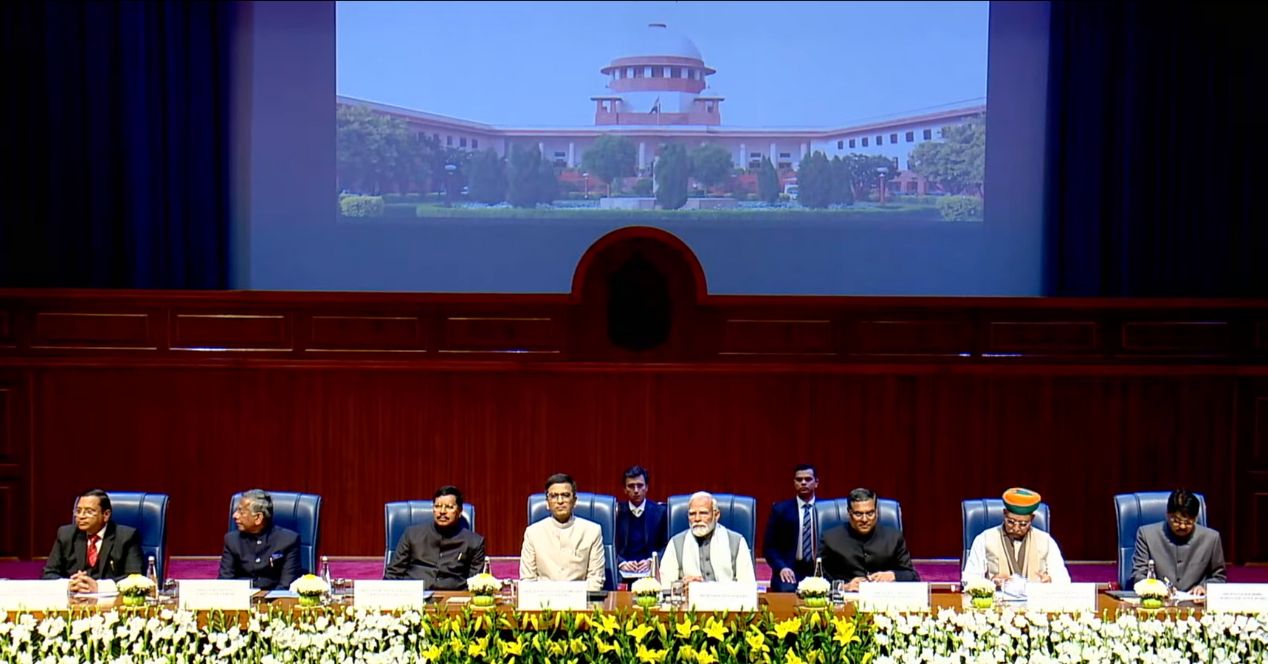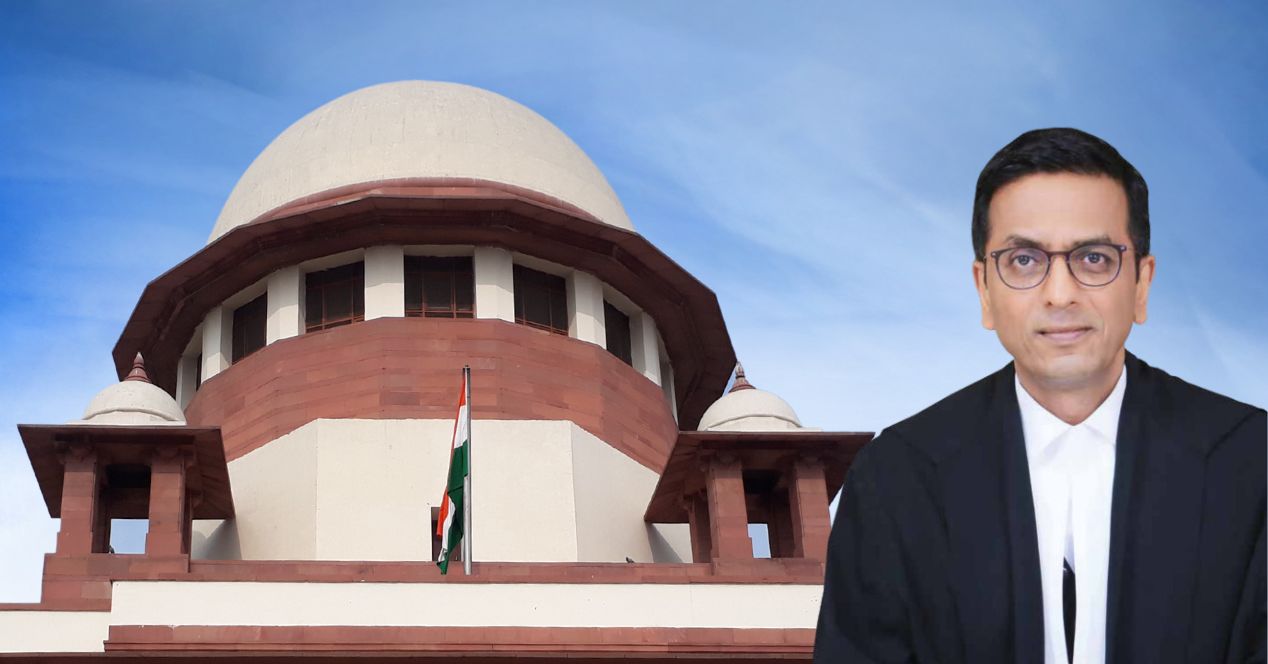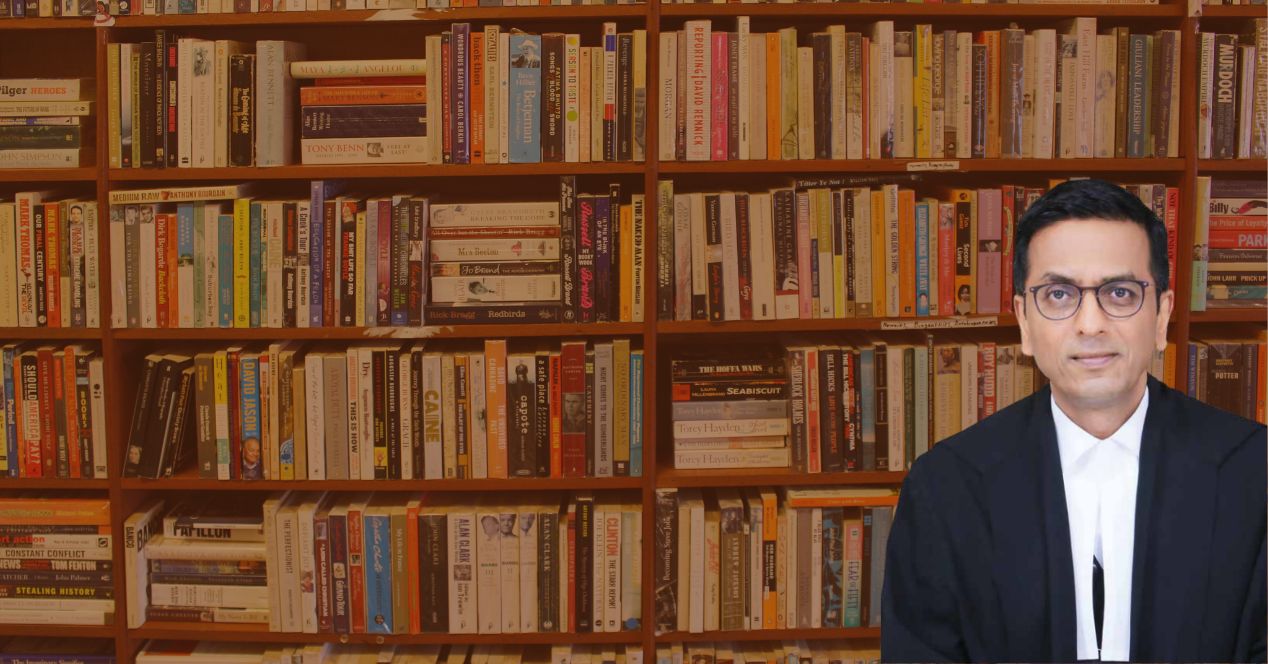Analysis
“The SC was set up as a bulwark against injustice, tyranny, arbitrariness”: CJI
At an event to inaugurate the 75th year of the top court, CJI Chandrachud stressed on the Court’s achievements

On January 28, at the celebrations to mark the commencement of the 75th year of the Supreme Court, Chief Justice D.Y. Chandrachud said that the Court was set up as “an institution of resolution and justice.” The event, which took place in the Court’s additional building, was attended by Prime Minister Narendra Modi, who announced that the Central Government has approved an allocation of Rs 800 crore to expand the court complex.
Other attendees included the Chief Justices of Mauritius, Bangladesh, Sri Lanka and Nepal, a judge of the Bhutan Supreme Court, and several current and former judges of the Supreme Court of India.
CJI: “Technology leading to fair and easy procedure”
“We must look back and look forward in equal measure,” the CJI told the gathering, presumably referring to the digitising initiatives of the Court and its freshly designed website.
On the judicial side, the Chief noted, the Court had “enhanced the rights of citizens” by diluting the standards for locus standi and by recognising rights not expressly laid down in the Constitution. On the administrative side, the focus was on creating procedural fairness, the Chief explained. The Court has attempted to eliminate barriers to justice such as unequal access to legal resources, unfamiliarity of the English language and issues of physical accessibility.
Earlier, advocates were seen lugging trolley-carts of papers through the courts, Justice Chandrachud stated. Now, the Court functions in a “near complete paperless” mode with almost all benches using digitised paper-books instead of physical copies. Judges are provided with scanned, bookmarked and digitally signed case documents. More than ten crore pages have been digitised. While the option to file in physical format still exists, advocates can now file online at any time of the day.
The Chief also highlighted that the Supreme Court and the High Courts have continued to hold hybrid hearings even after the pandemic had abated. “Even yesterday, one of the judges joined the Bench through video conferencing for a special hearing,” he said, referring to Justice Surya Kant’s online appearance on a Constitution Bench on 27 January.
The CJI also pointed out that Constitution Bench hearings are streamed on the Court’s YouTube channel. “These hearings are popular and speak to the genuine curiosity that people have towards our courts and procedures,” he said. The Court also provides a transcript of the Constitution Bench hearings using an Artificial Intelligence software.
A ‘war room’ is being planned by the Court to monitor judicial data from across the country in real time. This will use data from the National Judicial Data Grid and iJuris, a platform to monitor judicial vacancies and infrastructure relating to the district judiciary.
To ensure free access to judgements, the Court is in the process of translating its judgements into Hindi and other Indian languages. Thirty-six thousand judgements have already been translated to Hindi. Around 11,000 judgements have been translated to other languages.
The Chief identified some structural issues affecting the judiciary. The culture of adjournments, barriers to entry for first generation lawyers and the delay of judicial outcomes due to lengthy oral arguments were some of the problems he signed out. Additionally, he called on stakeholders to have a discussion on “long vacations and whether alternatives such as flexitime for lawyers and judges are possible.”
“Diversity will increase our legitimacy”
The other overarching theme in the CJI’s address was diversity, a topic he has spoken about frequently in public appearances while in office. The Chief said that the legal profession has traditionally been dominated by “elite men” but “times have changed.” Women now constitute 36.5 percent of the working strength of the district judiciary.
He noted the fact that eleven of the 56 advocates designated as Senior Advocate on 19 January are women. Before 2024, only 12 women had been designated as Senior Advocates by the Supreme Court.
The Chief admitted that the representation of Scheduled Castes and Scheduled Tribes is still low at the bench as well as the bar. “Our legitimacy will endure from the inclusion of diverse sections of the population in our system,” he noted. “Therefore, we need to make more efforts to bring different sections of the society into the legal profession.”




